Brahma Vidyā: Yuga Sub-Cycles
Brahma has four heads from which He spoke the four vedas – the Rig Veda, Yaju Veda, Sama Veda and Atharva Veda. When the three guna (Satva, Rajas and Tamas) manifest, they do so in a combination such that either one of the three predominates or they are in a confused proportion where neither predominates.
Sama Saptaka Concept
“Sama-Saptaka” means mutual seventh and refers to the placement of two ‘otherwise friendly planets’ in mutual one-seventh houses from each other. The placement of two diremalefics in such places is not considered ’sama-saptaka’.
Vedic Calendar
There is a need to review the calendar system used in Vedic astrology and to set the standards for the right calendar to be followed in this regard. There have been various calendar reform committees set up in various forum, yet there has not been any consensus as deep inside they realize that some vital point is being missed out. The calendar being followed by the Indian Government, is widely off the mark as it just blindly superimposes a lunar calendar on a solar calendar! Without trying to harmonise them as had been originally done by the Vedic Seers.
Sambandha #2
continued from Sambandha#1. The case studies done as a part of the discussions in the previous paper are listed here.
Graha Ārudha (required for some charts)
Calculation rules
1. For Graha Ārudha, count from the planet to its own sign. Then count as many signs from this own sign. The sign arrived at is the Graha Ārudha.
2.
About Pundits
Sri Ramakrishna Paramhansa Said
Mere pundits are like diseased fruit that becomes hard and will not ripen at all. Such fruit has neither the freshness of green fruit nor the flavour of ripe. Vultures soar very high in the sky, but their eyes are fixed on rotten carrion on the ground.
The book-learned are reputed to be wise, but they are attached to ‘woman and gold’. Like the vultures, they are in search of carrion.
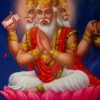
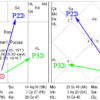

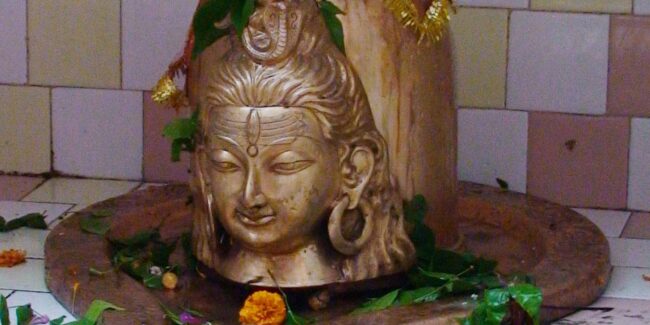

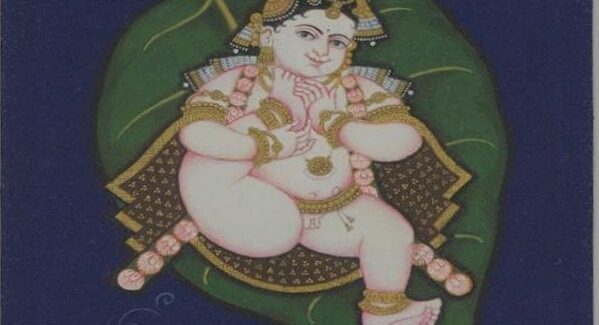
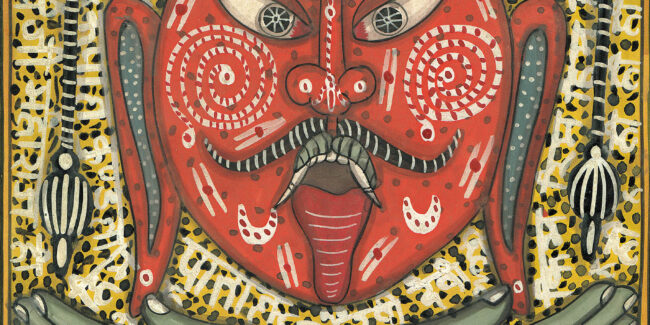
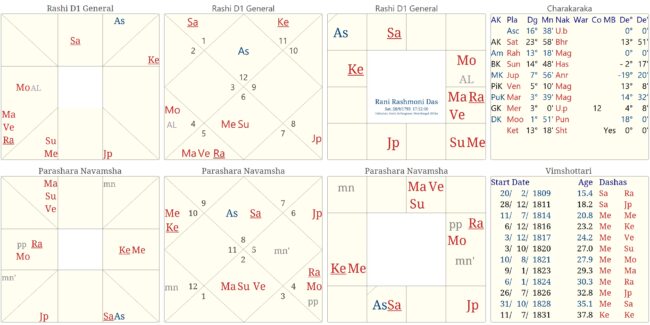
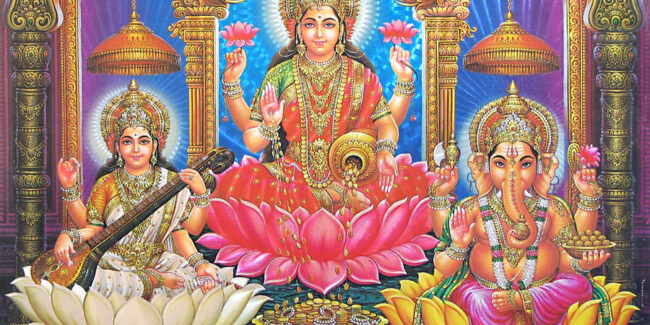
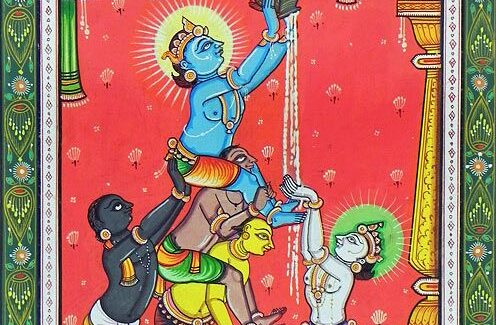
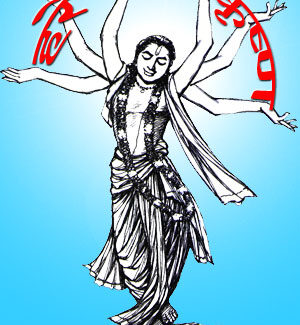
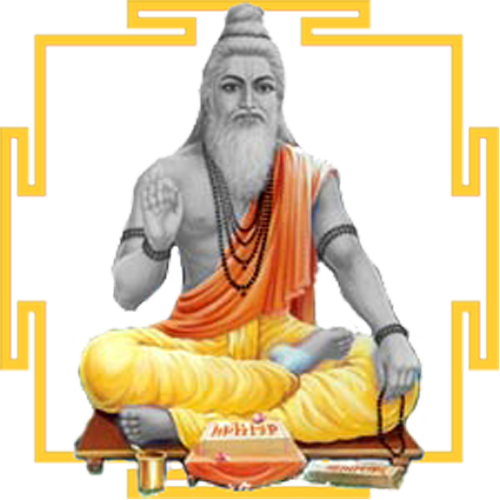 DBC offers online courses in jyotish (Vedic Astrology) taught directly by Sanjay Rath as per the tradition, through narrated power points and other audio tools. The courses are at different levels, from the beginners through the intermediate to the advanced and are known as SoHamsa | DBC courses, with individual classrooms and assistant teachers
DBC offers online courses in jyotish (Vedic Astrology) taught directly by Sanjay Rath as per the tradition, through narrated power points and other audio tools. The courses are at different levels, from the beginners through the intermediate to the advanced and are known as SoHamsa | DBC courses, with individual classrooms and assistant teachers
 Sagittarius Publications is the publisher and distributor the popular quaterly magazine the Jyotish Digest, as well as many thorough books on the subject of Vedic Astrology or Jyotish.
Sagittarius Publications is the publisher and distributor the popular quaterly magazine the Jyotish Digest, as well as many thorough books on the subject of Vedic Astrology or Jyotish. We have an excellent pandit Divākar ‘Deva’ Mishra, who is from the priests of Vindhyāvāsini Siddha Pīṭha to guide you through the hundreds of temples of Kāśi [Varanasi] and neighbouring regions. He can organise your pūjā, keep you safe and take care. He is supported by an English-speaking well-travelled spouse ‘Supriya Mishra’. Please contact them directly for any services, remedial pūjā and tours. They handled the 60+ member Kāśi Jyotiṣa Group 2022.
We have an excellent pandit Divākar ‘Deva’ Mishra, who is from the priests of Vindhyāvāsini Siddha Pīṭha to guide you through the hundreds of temples of Kāśi [Varanasi] and neighbouring regions. He can organise your pūjā, keep you safe and take care. He is supported by an English-speaking well-travelled spouse ‘Supriya Mishra’. Please contact them directly for any services, remedial pūjā and tours. They handled the 60+ member Kāśi Jyotiṣa Group 2022.